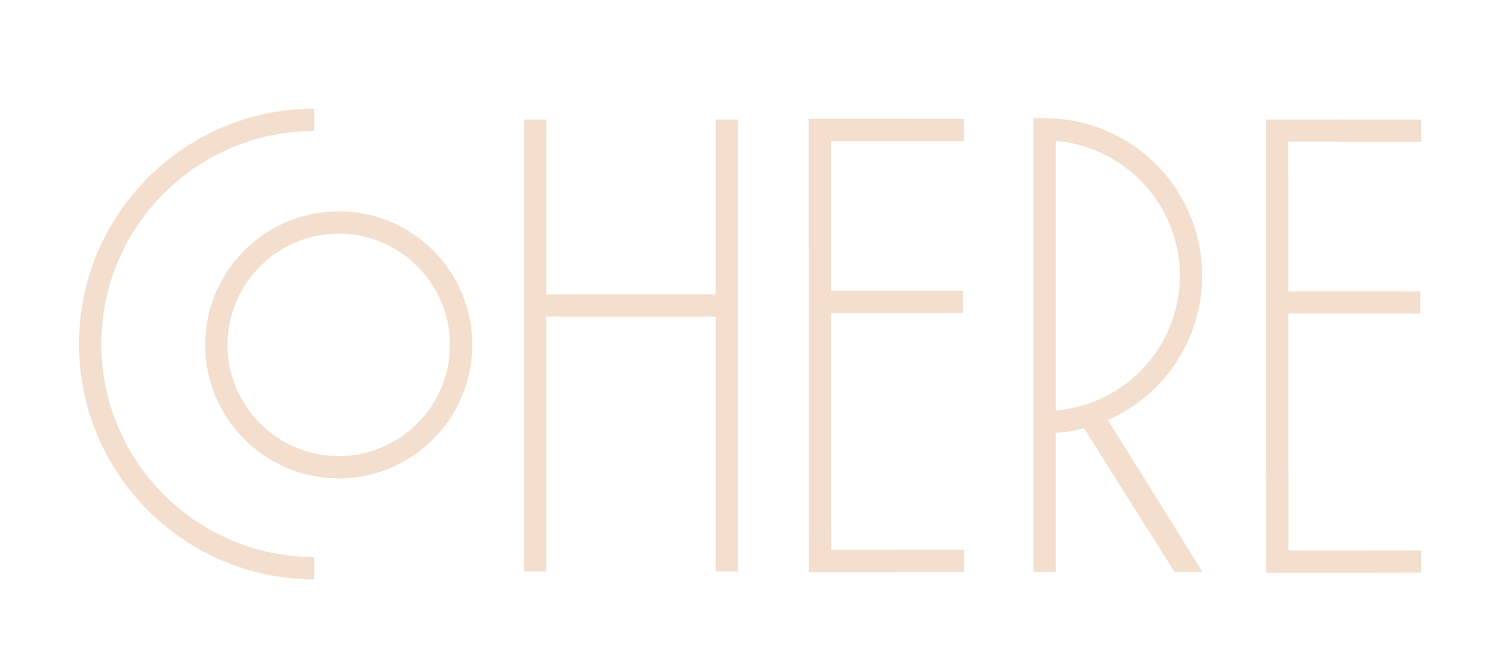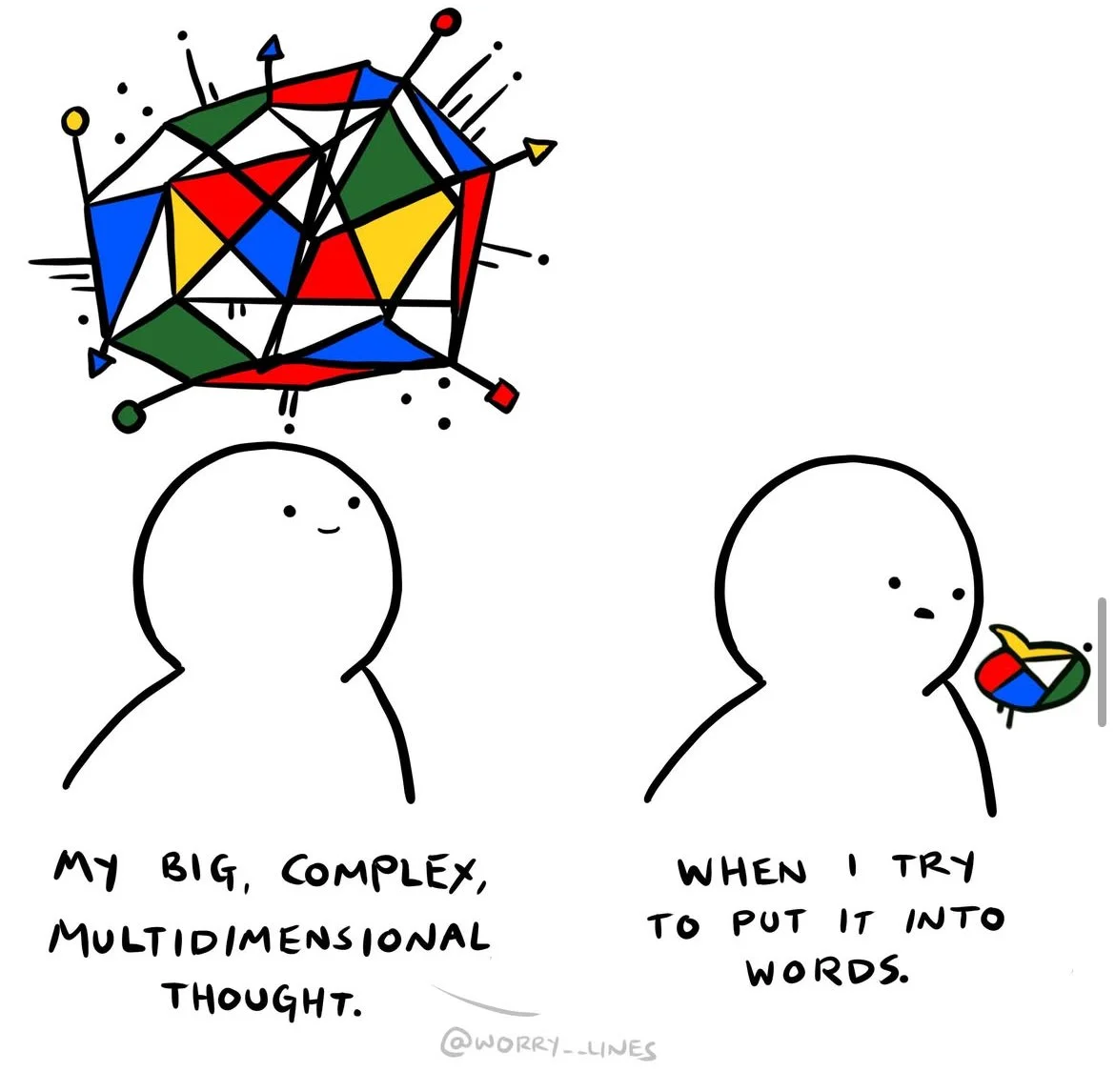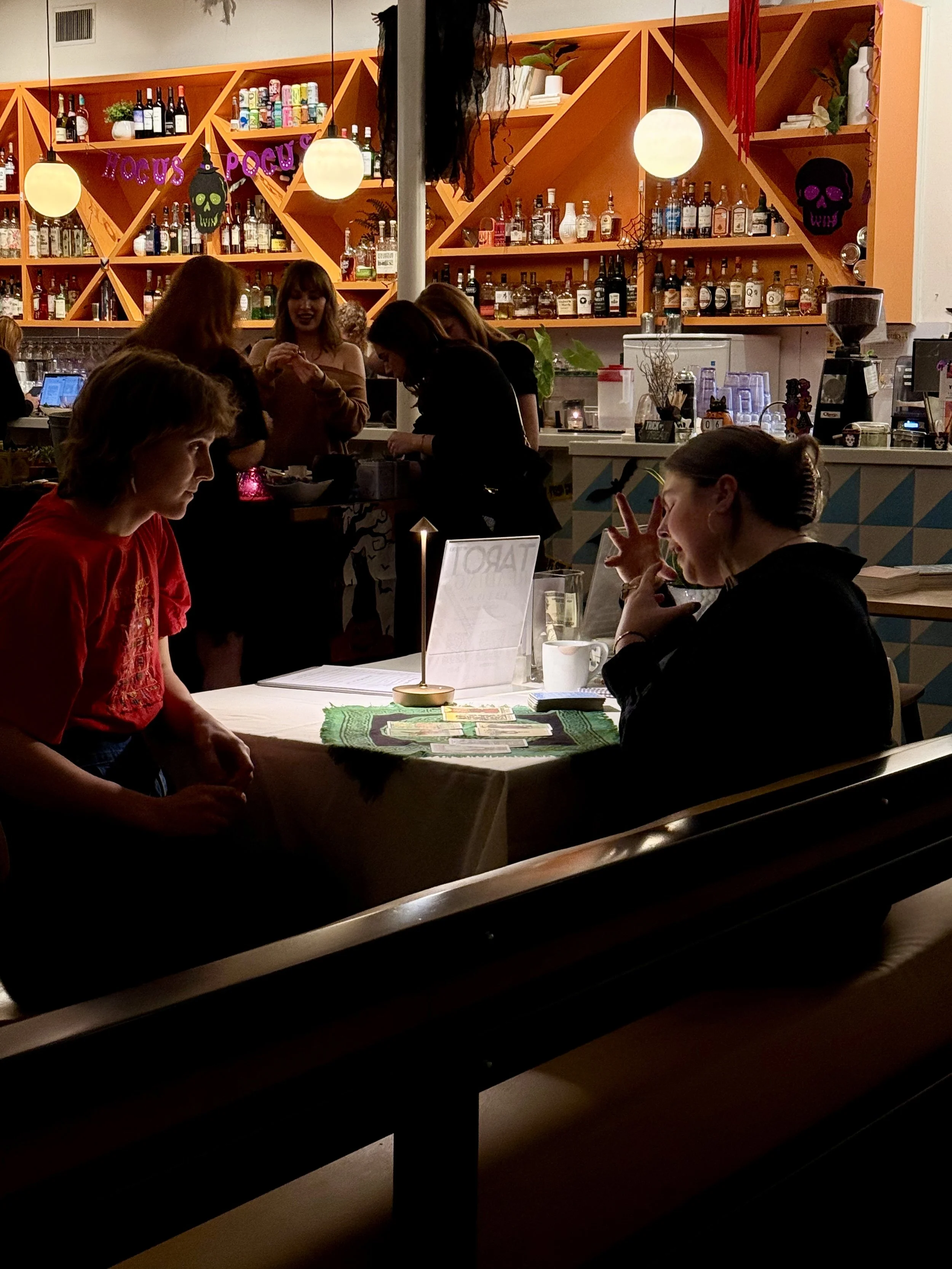The Muse + Philosophy
Dearest Meaning Maker,
Welcome back to the Muse-Letter! I hope this message brings you Coherence, meaning, and even closer to The Muse.
Today’s Cycle Theme and Pillar of Coherence: The Muse + Philosophy
This week, we’re exploring the fourth Pillar of Coherence: Philosophy which manifests as Values. What do creativity and philosophy, these seemingly extremely different practices, actually have in common? I argue that they are two sides of the same coin; powerful modes of being that are ultimately focused on the same goal: unveiling the Truth of experience.
Next week’s Cycle Theme is still The Muse and we will be exploring the fifth Pillar of Coherence, Space, which manifests as Justice. You can email connect@thecoherecollective.com with the subject line “Muse-Letter: The Muse + Space” if there are any inspirations you have in relation to the theme! Please provide sources and links to anything you send our way, and please submit them by Sunday evening.
I hope you enjoy! Here’s to our weekly dose of meaning, connection, and Coherence!
Smack,
Reese
FIRST LIGHT | an inspiration
“The artist is the origin of the work. The work is the origin of the artist. Neither is without the other. However, neither of them alone bears the other. Artist and work are, each in themselves and in their mutual relations, through a third, namely through art, which is the first from which artist and artwork have their name.”
This week’s song is Telescope by Cage the Elephant
Philosophy and creativity be like that.
From Worry.Lines on Instagram
RISING SUN | an essay
The Mode of the Creator: Philosophy and Creativity as Practices of Being
Rick Rubin, in his book The Creative Act: A Way of Being, writes, “Living life as an artist is a practice. You are either engaging in the practice or you’re not.” This is precisely how I view living as a philosopher as well: it is a practice.
The Venn diagram between creativity and philosophy is closer to a circle than one might think, especially when we are actively engaging, practicing, and moving through them as modes of being, which is what they truly are at their core.
To step into a creative mode – the way of the artist – is to become the Creator. We honor our personal agency and allow the “core” of who we are to express itself. To step into a philosophical mode – the way of the thinker – is also to become the Creator. We again honor our personal agency, elevating our thoughts, ideas, and revelations as sparks of truth worthy of being spoken, written, and memorialized through physically manifesting the imaginal into the material.
As discussed in this Cycle’s earlier essays, our relationship to the Creator (as the Muse) is much more expansive than a simple relationship to the Self (and isn’t a relationship to the Self more expansive too). Stepping into both philosophy and creativity, then, can be seen as stepping into the mode of the Creator. And like any relationship, our engagement in and with this mode must be cultivated.
If I am motivated to cultivate a friendship, I will learn about that person. Ask them questions, engage with open and honest curiosity. I will carve out time for them, engage them in a variety of activities, both just to spend time and to play together. I will want to be in the vast expanse of emotional states with them, bonding through vulnerability and humor, our fears, our hope, and our dreams. And I would also hope that this friend would honor this effort with reciprocity.
Cultivating our relationship with the mode of the Creator requires the same devotion. Learn about this mode, how it has expressed before, and remain open to how it may want to express in the future. We must carve out time to be in this mode, engaging in a variety of activities, both playful and serious, writing and researching and analyzing, and playing and dancing and splattering paint. We must experience an expanse of states while in this mode, opening up to who we become when we create vulnerably, humorously, bravely, fearfully, and hopefully. And through our openness in this mode, we ask the Creator to allow us to walk its path, and to walk ours.
All of this is practice. On The Unwritten Aesthetic, my co-host Lauren and I often discuss how both creativity and philosophy must be lived arts. This is widely accepted in creative communities, but in philosophical ones, we often encounter the closed door, ivory tower of academia. Taking Rick Rubin’s words to heart means recognizing that engaging with creativity (and philosophy) cannot be confined to time or place. It asks us to live expansively in the mode of the Creator. To ask what that life looks like, feels like, again and again …
At first, it might seem like a leap to discuss philosophy in this way. But philosophical insight, like creative inspiration, often knocks on the door of our consciousness unbidden. If we are in the mode of the Creator, we are usually inclined to answer. This door is a gateway between the conscious and the unconscious, the material and the imaginal, the singular and the whole. The Creator stands as gatekeeper at the liminality between these states.
Consider your own life, your most profound insights or flashes of inspiration. Did they emerge slowly over time, or arrive all at once in a rush of realization? If we’re honest, it’s both. We embody and integrate inspiration and ideas through lived experience, yet they still seem to culminate in sudden moments of epiphany. John Green poetically writes, “I fell in love the way you fall asleep: slowly, and then all at once.” And personally, the mode of the Creator feels like living as though my life is a love letter to the Universe.
To create, to philosophize, is to attend to the unfolding of insight and to listen when epiphany arrives. The best philosophical essays are works of art, and the best works of art are living philosophies. We cannot separate the two because, as human beings, we constantly walk the boundary between the imaginal and the material. We use language to describe these experiences, yet what both the philosopher and the artist ultimately seek is the same: to unveil the Truth of experience.
And perhaps it is precisely this Truth that calls us into the mode of the Creator.
HIGH NOON | a practice
Creative Values
Whatever your reflective practice looks like (this could be journaling, essay writing, talking with a friend, letting your mind wander during a walk, or recording yourself talking out loud), make some time to reflect on one of your strongest values. What is something that is deeply important to you? Justice? Loyalty? Honesty?
Whatever value you decide on, set a timer for about 5 minutes and reflect on the root of this value. Where did it come from? And what lies beyond that? Sure, your family of origin likely has something to do with it, as will your formative experiences, but why did those moments instill this value so strongly within you?
Once your timer is up, take a moment to notice how you feel.
Journal Prompts:
Where in your body are you activated? Did any feelings come up during this exercise?
Did any specific memories come up during your reflection?
Did any colors, smells, or sounds come up while considering this value?
GOLDEN HOUR | a podcast
Making Meaning: NEW EPISODE
Becoming the Poet in a Godless World: Mid-Season Reflections
Check it out on YouTube, Spotify, or Apple Podcasts.
What does it mean to make meaning in a world in the midst of radical transition and transformation? This mid-season check-in of Making meaning dives deep into what we should all consider as global citizens, hopeful activists, aware and conscious beings, and meaning makers. Reese explores everything from Nietzsche’s “God is dead and we have killed Him” to human design, spiritual community burnout, and the poetic archetype within us all.
Bow Down!
Esther's Story Was Never About Obedience, It’s About Rebellion: Biblical Womanhood Through the Lens of Esther
Check it out on YouTube, Spotify, or Apple Podcasts.
Esther’s story isn’t the tale of sweet obedience your Sunday School teacher told you. It’s a complex, political, and feminist narrative about women navigating power in a patriarchal system.
TWILIGHT | a recommendation
Rick Rubin’s work, “The Creative Act: A Way of Being” has been transformative in how I view my entire life, but particularly my philosophical work, as creative. I highly recommend diving in to this work as a meditation on your own mode of Being.
I had the pleasure of being invited on the Tea, Talk, and Tarot Podcast to share about my journey through finding and pursuing Purpose as I help others do the same. I always say, “My purpose is helping you find yours,” but that certainly comes with its fair share of doubts. Jax and Eve channel some messages and through some cards for messages from the Collective Unconscious to assist me during the current transformative period I’m going through! Listen to the Tea, Talk, and Tarot on Spotify, Apple Podcasts, or wherever you get your podcasts!
WITCHING HOUR | a reading
The Magician
The Magician, one of the most powerful archetypes depicted in the Tarot, represents the master of the mode of Creation. On their table we see all 4 symbols of the Tarot as tools ready to be wailed. In their hand we see a wand, representing Source, or a connection to the Whole, that The Magician has found through their creative and philosophical mastery. Not only is The Magician the Creator of the Tarot, they also represent your potential: for learning, self-sovereignty, ultimate alchemical mastery, and the ability to create your reality.
DREAM SWEET | an update
REFERENCES
Citations:
Heidegger, Martin. The Origin of the Work of Art. University of Waterloo.
Rubin, Rick. The Creative Act: A Way of Being. Penguin Random House, 2024.












